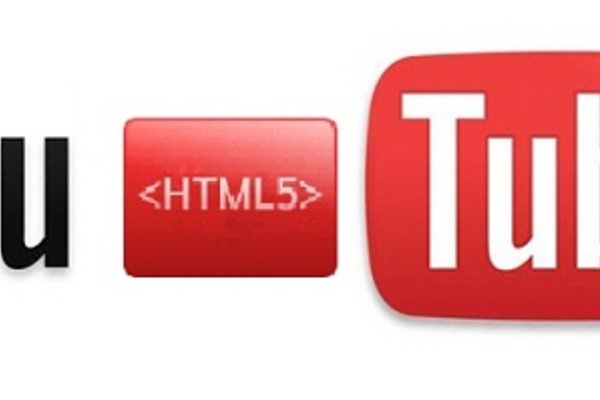YouTube puts the final nail in the coffin for Flash, as videos now default to HTML5
Andre Yoskowitz
28 Jan 2015 21:57

In 2011, YouTube began supporting the HTML5 < video > tag for video delivery, helping to start the end for Adobe's often maligned Flash tech.
Today, Google has announced that the HTML5 < video > tag is now default for all videos when used in Chrome, Firefox beta, Safari 8 and IE 11.
For those that are more technically inclined, YouTube spelled out just what had to improve in the last four years before they could truly kill off Flash:
MediaSource Extensions
Adaptive Bitrate (ABR) streaming is critical for providing a quality video experience for viewers - allowing us to quickly and seamlessly adjust resolution and bitrate in the face of changing network conditions. ABR has reduced buffering by more than 50 percent globally and as much as 80 percent on heavily-congested networks. MediaSource Extensions also enable live streaming in game consoles like Xbox and PS4, on devices like Chromecast and in web browsers.
VP9 video codec
HTML5 lets you take advantage of the open VP9 codec, which gives you higher quality video resolution with an average bandwidth reduction of 35 percent. These smaller files allow more people to access 4K and HD at 60FPS -- and videos start 15-80 percent faster. We've already served hundreds of billions of VP9 videos, and you can look for more about VP9 in a future post.
Encrypted Media Extensions and Common Encryption
In the past, the choice of delivery platform (Flash, Silverlight, etc) and content protection technology (Access, PlayReady) were tightly linked, as content protection was deeply integrated into the delivery platform and even the file format. Encrypted Media Extensions separate the work of content protection from delivery, enabling content providers like YouTube to use a single HTML5 video player across a wide range of platforms. Combined with Common Encryption, we can support multiple content protection technologies on different platforms with a single set of assets, making YouTube play faster and smoother.
WebRTC
YouTube enables everyone to share their videos with the world, whether uploading pre-recorded videos or broadcasting live. WebRTC allows us to build on the same technology that enables plugin-free Google Hangouts to provide broadcasting tools from within the browser.
Fullscreen
Using the new fullscreen APIs in HTML5, YouTube is able to provide an immersive fullscreen viewing experience (perfect for those 4K videos), all with standard HTML UI.
Moving to < iframe > embeds
Given the progress we've made with HTML5 < video >, we're now defaulting to the HTML5 player on the web. We're also deprecating the "old style" of Flash < object > embeds and our Flash API. We encourage all embedders to use the < iframe > API, which can intelligently use whichever technology the client supports.
Source:
YouTube